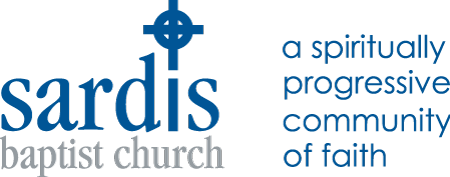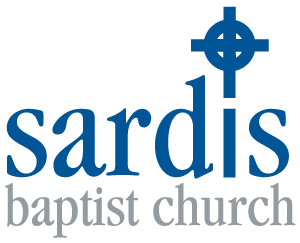More Than One Type of Discipleship
More Than One Type of Discipleship
Rev. Dr. Chris Hensley
Amos 8:1-12 & Luke 10:38-42
Sardis Baptist Church
July 20, 2025
Discipleship takes on myriad forms in the here and now. Dietrich Bonhoeffer describes discipleship in his book The Cost of Discipleship, genuine discipleship, as a practice of costly grace which demands that the disciple actively lives out the teachings of Christ in this life as opposed to living out a form of cheap grace which holds to a superficial understanding of what it means to follow Christ. Our passages offer three different examples of discipleship. Amos starts us off, as many of the Hebrew prophets, by challenging the powers that be on their lack of concern for the poor and marginalized of their society. As we look throughout the Hebrew prophets, this is one of the common themes which threads its way throughout the texts – a lack of concern for the poor and the rich continuing to line their pockets at the expense of others.
Amos challenges the perverse economic practices of certain wealthy individuals and groups of his day who were dishonest with others. Scholars lean into the idea that these corrupt individuals are indeed the wealthy rather than slave traders or dishonest grain traders. These are individuals who barter with the poor who have fewer resources and lack the ability to actually pay off the debts which are incurred through the purchase of necessary goods such as grain for bread making.
The point appears to be that the individuals who are corrupt and trust in their wealth and are driven to build their wealth at the expense of those who have less are not actually disciples of God. The charge against these individuals who are a part of God’s people by virtue of their birth, are in actuality an offense to God and God declares that these individuals will not be forgotten. Verse seven makes this declaration and it is interesting because often throughout the Hebrew Bible lamentations often ask why God has forgotten the lamenter with assurances that is not the case. Here, God remembering is not a platitude which is intended to offer comfort, it is instead akin to a harsh promise or even a threat. Amos offers an example of how not to be an effective disciple of God.
Our Christian Testament passage offers two more examples of discipleship and the beauty of this passage is that there is more than one way of interpreting what is going on. The sixteenth century artist Alessandro Allori painted this passage several times and interpreted the passage differently in each rendering. We must address the elephant in the room which is presented in this passage – the inclusion of women amongst those seated at the feet of Jesus, learning as students would learn from their rabbi. In first century Judaism of the Near East, this was not permitted. However, in sticking with the theme of taking societal norms, shaking them up and dumping them on their head, Luke reveals that women played an immensely important part in the Christ movement of the first century.
Luke is painting the picture of what discipleship can look like in two different ways. On the one hand, discipleship can look like quietly reflecting on the teachings of Jesus as Mary does in this story. On the other hand, discipleship can look like the work of providing for others as Martha does in our passage. Both have their place, both are important. There is a time to sit reflectively and ponder the teachings of the Christ, to wrestle with them and to discuss them with others. There is also a time to go and put into practice the teachings of the Christ in practical ways in the world around us. Our challenge is to lean into the spiritual discipline of discernment and identify which of the forms of discipleship is most appropriate for us to pursue and at which times or moments in our journey we are to pursue them. Further, we are to hold the example of what not to do near as well, corrupt dealings with persons, particularly those marginalized, is to be avoided and actively worked against in all its forms in our journey and work in the Kin-dom in the here and now. May we find the discernment to be Mary – listening and learning – and Martha – working diligently – when appropriate.
Bibliography
Burridge, Richard A. Four Gospels, One Jesus? A Symbolic Reading 3rd Ed, William B. Eerdmans Publishing Company, Grand Rapids, MI, 2014
Craddock, Fred B., Interpretation: Luke A Bible Commentary for Teaching and Preaching, John Knox Press, Louisville, KY, 1990
Gowan, Donald E. Amos, The New Interpreter’s Bible Commentary in Twelve Volumes, Vol VII, Ed. Keck, Leander, E., et al, Abingdon Press, Nashville, TN, 1996
McConnell Jr., James R. Lecture on the Acts of the Apostles, Gardner-Webb University School of Divinity, Boiling Springs, NC, November 2015
Vinson, Richard B., Smyth & Helwys Bible Commentary: Luke, Smyth & Helwys Publishing, Inc., Macon, GA, 2008
More Than One Type of Discipleship
Recent Sermons
Following Jesus
July 13, 2025
The Sending
July 06, 2025
The Beginning of a Journey
June 29, 2025


